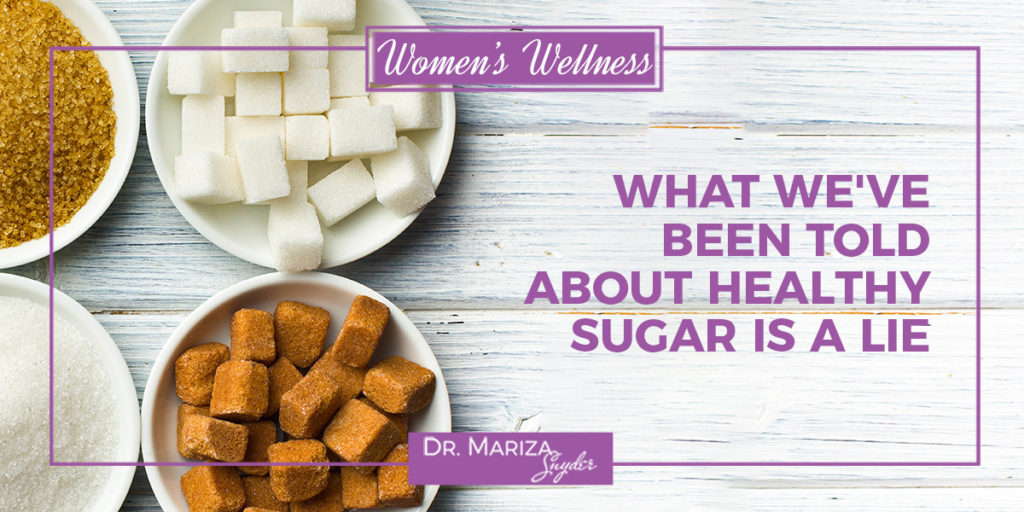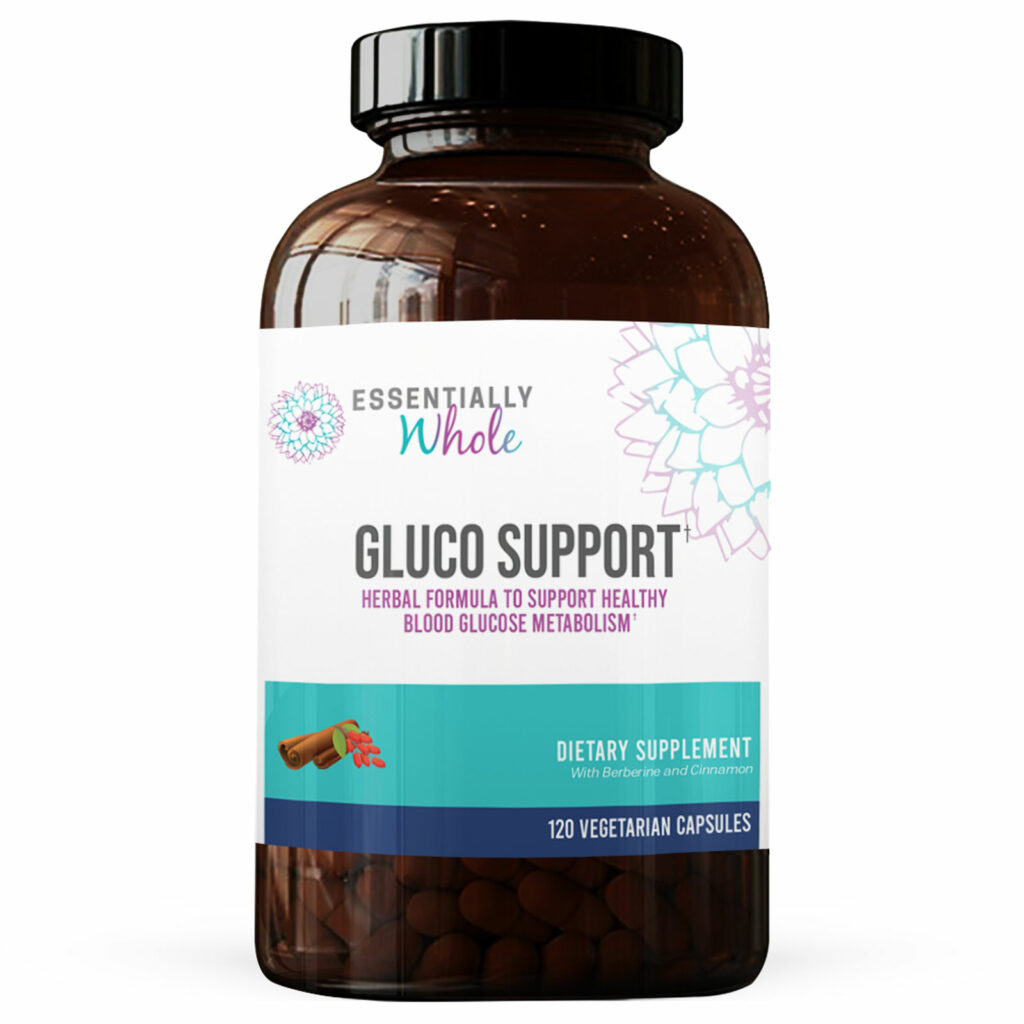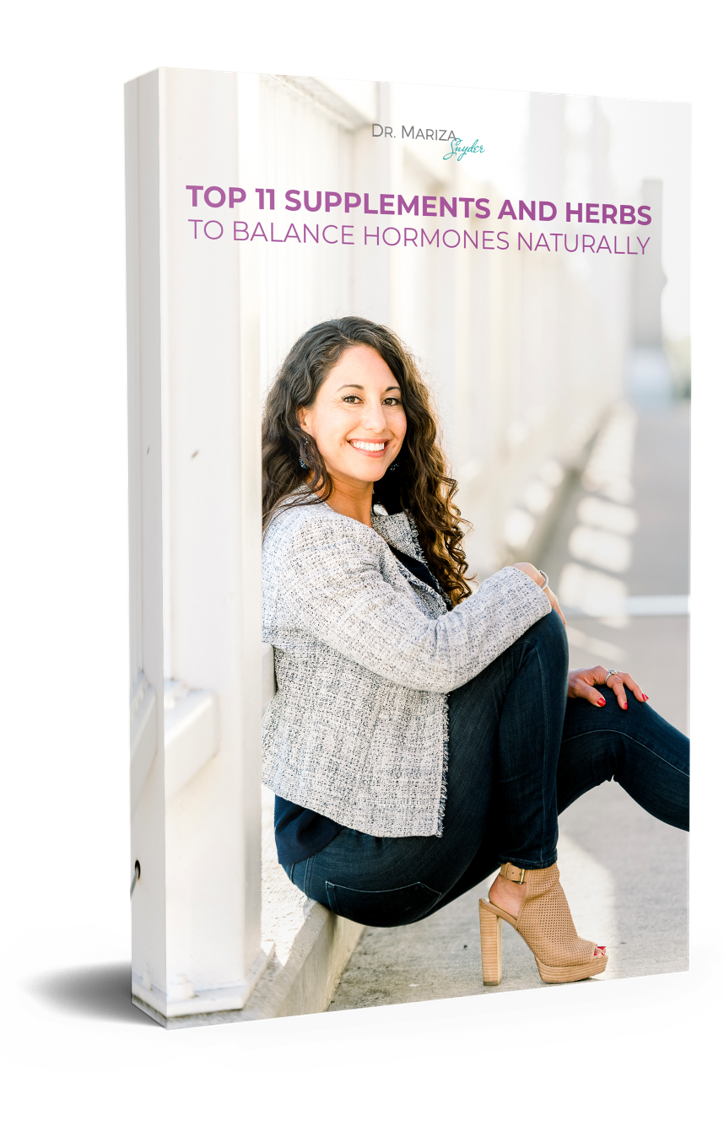
There is a lot of confusion around the topic of healthy vs. non-healthy sugar. So many people have been fooled into believing that some sugars are somehow healthier than others (including me!).
But the fact is, what we’ve been told about sugar is actually an outright lie.
For a long time, I believed that honey and maple syrup were better for my blood sugar levels than brown or white sugar.
Well, guess what? I. Was. Wrong.
All sugars are created equal! Even the supposed “healthy” sugars.
Adding a teaspoon of manuka honey to your coffee is just as bad as getting an extra pump of caramel in your frappuccino from Starbucks. At least in terms of the raw impact that sugar is making on your body.
The same is true for snacking on a bowl of grapes versus straight-up scarfing a chocolate chip cookie. Both of those things will still cause the same kind of glucose spike.
Pick any sugar you like…. They really are all the same!
On a more scientific level, the human digestive and metabolic system simply do not differentiate between naturally occurring sugars, processed sugars, and those added to foods.
They all follow the same pathway and yield the exact same end result–a glucose spike.
These constant blood sugar spikes and high insulin levels cause us to feel depleted, hangry, and irritable.
But that’s just the beginning.
As time goes on and the cycle continues, you eventually become more insulin resistant, which leads to more severe symptoms–and ultimately, a mess of chronic disease.
Just ask the more than 100 MILLION Americans over age 18 who are already pre-diabetic. Yikes!
But here’s the deal.
I’m not sharing this information with you to scare you into never eating you never eating sugar again. I’m simply giving you the bigger picture so that you can start to make more informed choices about what you put into your body.
You CAN continue to eat sugar. I still do! Just not like I used to…
The key is to actually stick to healthy sugars when you do indulge (like organic raw honey, organic cane sugar, organic coconut sugar, etc..) and not get into a habit of EVER consuming the bad sugars, like refined white sugar in processed food, high fructose corn syrup, etc.
You’ll also want to incorporate the following 5 strategies into your daily routine so that when you DO indulge in a little sugar, you DON’T end up back on the blood sugar rollercoaster.
So what should you do if you eat sugar?
5 research-backed strategies for slowing a blood sugar spike
#1: Dress up your carbs and healthy sugar (this includes fruit) with fats and proteins
Eating carbohydrates alone is likely to spike glucose more than if the carbohydrates are eaten with fat and/or protein. “Preloading” or combining carbs with fat or protein, can minimize the quick absorption of glucose into the bloodstream.
When I’m going to eat something carby, I will grab a handful of almonds or pumpkin seeds first to pump the brakes on any impending blood sugar spike.
In one study, consuming 23 grams of protein and 17 grams of fat 25–30 minutes before carbohydrates, significantly decreased post-meal glucose elevation in people without diabetes and those with insulin resistance.
If you combine fat and carbs together, it will actually decrease the post-meal glucose spike. One study found that eating three ounces of almonds with a meal of white bread led to a significantly lower post-meal glucose response than white bread eaten alone.
#2: Eat your fruit or dessert (ie. healthy sugar) at the end of a meal instead of on their own as a snack.
The best time to eat dessert to support blood sugar and insulin levels is after a meal. That’s because the fiber, protein, and fat in your meal will slow down the absorption of sugar from your intestine to your bloodstream, preventing a big glucose spike.
Fiber will coat the small intestine with a gel substance, slowing down the absorption of sugar to the bloodstream and protein and fiber will slow down gastric emptying. This strategy can reduce a glucose spike by seventy percent!
A fiber filled veggie starter such as a salad with olive oil and vinegar is an amazing way to keep your glucose steadier and avoid cravings and energy slumps later on.
I have a great lemon vinaigrette recipe and sexy salad starter recipes in my personally-curated 14- Hormone-Loving Foods recipe guide or in my latest book, The Essential Oils Menopause Solution.
When we focus on food in a specific order, we can eat the exact same thing, but with smaller glucose spikes. The benefits of this will:
- Reduce your hunger for the rest of the day
- Reduce your cravings for the rest of the day
- Give your body more time in fat-burning mode
- Age more slowly
- Help long-term health
#3: Walk after your meal and most definitely after your dessert!
Hands down, I believe that walking after dinner is the best thing you can do for your metabolic health, and health overall. This will boost your metabolism, aiding digestion, and lowering stress levels.
This is ESPECIALLY true after your consume sugar, or in your case, “healthy” sugar. 🙂
Some of the benefits of walking after eating (also known as postprandial exercise) are:
- Blunts a blood sugar spike
- Reduces insulin resistance
- Promotes better sleep, and boosts your blood flow
Now it doesn’t have to just be walking, it can be any movement, like dancing, squats, walking stairs, weight lifting, or bike riding, to name a few!
#4: Drink a tablespoon of vinegar
By drinking a tablespoon of vinegar with a 4oz glass of water a few minutes before eating your carbs or dessert, it will blunt a glucose spike by approximately thirty percent.
The acetic acid in vinegar slows down the rate at which the stomach empties the food you’ve eaten into the small intestine, which in turn slows the breakdown of carbohydrates and gives the body more time to remove glucose from the blood.
This ultimately reduces the spike in blood sugar you’d typically see after eating.
Check out this post for a recipe (without sugar) that’ll make your daily ACV more palatable!
#5: Use an Herbal Glucose Supplement
Take an herbal glucose supplement a few minutes before your meal that contains Berberine. Berberine and other powerful herbs are the magic bullets for getting off the blood sugar rollercoaster.
Berberine is a natural alkaloid used traditionally to treat digestive diseases in Ayurvedic medicine for over 1000 years. It is sourced from China and India and found in the roots, stems, bark, and rhizomes of herbs such as goldenseal, barberry, golden thread, and Oregon grape.
It has several health benefits beyond treating digestive ailments, such as reducing cholesterol absorption and improving cardiovascular health, reducing inflammation, boosting lung health, and supporting healthy gut bacteria.
The current scientific literature claims that berberine is as effective at controlling blood sugar as the diabetes drug Metformin.
To really experience the benefits of lowering blood glucose and insulin levels, take berberine for three months, then pause and evaluate your lab results, especially your blood sugar and/or A1c, to check your progress.
In addition to making lifestyle choices, my custom formulated Gluco Support could be the perfect addition to your regimen when managing your blood sugar and keeping chronic disease at bay.
I created this supplement to be a perfect combination of the top herbs that help naturally balance blood sugar all day, including berberine, cinnamon, and more!
Sources:
- https://link.springer.com/article/10.1007/s00125-015-3710-9?__s=63murnqyya8sihlbyezp&utm_source=drip&utm_medium=email&utm_campaign=Dr.%20Casey%27s%20Kitchen:%20ALL%20My%20Meal%20Tips
- https://pubmed.ncbi.nlm.nih.gov/17292730/
- https://pubmed.ncbi.nlm.nih.gov/19560716/
- https://www.ncbi.nlm.nih.gov/pmc/articles/PMC6267507/
- https://docs.google.com/document/d/1JCbmLeic_Xi3hDFf9XwQP_PavXd3LNm3V1dMDrBCDJA/edit#
- https://naomiw.com/products/berberine



No comments yet.